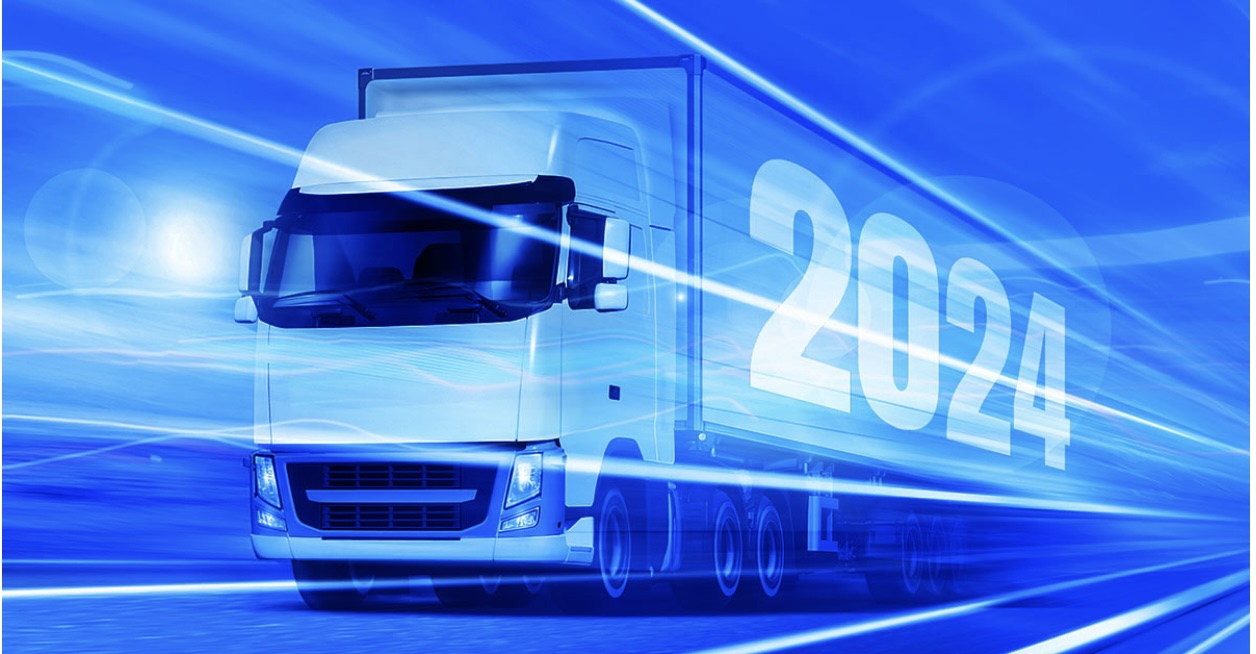Nearing 2024, the car transport segment is set to experience critical changes fueled by administrative changes, shopper inclinations, and innovation breakthroughs. Industry insights demonstrate that the worldwide showcase for electric vehicles is anticipated to develop at an evaluated fetched of $800 billion by 2024, underscoring the increasing speed of the jolt slant. At the same time, endeavors to digitize are gathering steam. By the conclusion of 2024, over 70% of coordination exercises are anticipated to utilize progressed computerized advances.
A few improvements are impacting long-term auto transportation, counting electrification—electric vehicle deals are anticipated to create up to 25% of all vehicle deals by 2024—digitalization, and administrative compliance. Let’s look at a few vital designs to keep an eye on within the upcoming year.
Driving Forward: Key Trends Reshaping Auto Transport in 2024:
1. Electrification and Sustainable Transport:
One of the foremost noteworthy patterns balanced to reshape the auto transport industry in 2024 is the quickening move towards zap. With expanding accentuation on lessening carbon outflows and combating climate alter, electric vehicles (EVs) are picking up force universally.
For the auto transport division, this move deciphers into a developing request for specialized transport arrangements catering to EVs. From electric car carriers prepared with charging foundations to coordination arrangements optimized for battery transport, the industry is adjusting to back the multiplication of EVs. Additionally, as governments around the world actualize stricter outflow measures and incentivize EV appropriation, auto transport companies ought to contribute to economical transport arrangements, counting electric armadas and renewable energy-powered coordination operations.
2. Autonomous and Connected Vehicles:
The integration of independent and associated vehicle innovations proceeds to rethink the auto transport scene. In 2024, ready to anticipate assist progressions in independent vehicle (AV) advances, clearing the way for expanded computerization in transport operations.
From self-driving trucks optimizing long-haul courses to associated vehicle frameworks improving coordination effectiveness and security, AV advances offer transformative conceivable outcomes for the auto transport industry. Whereas full independence may still be on the skyline, incremental progressions in driver-assist innovations, platooning, and inaccessible observing will shape the industry’s future.
Besides, the merging of AV and associated vehicle advances will empower real-time information trade, encouraging prescient upkeep, course optimization, and upgraded armada administration capabilities. As these advances develop, they will play an essential part in driving productivity, security, and supportability in the auto transport environment.
3. Digitalization and Logistics Optimization:
In a progressively interconnected world, digitalization is developing as a foundation of present-day auto transport operations. In 2024, able to expect a broader selection of advanced innovations, including blockchain, manufactured insights (AI), and the Web of Things (IoT), to streamline coordination forms and upgrade supply chain permeability.
From computerized course arranging and real-time following to advanced documentation and keen contract administration, digitalization offers plenty of openings to optimize auto transport operations. By leveraging AI-driven analytics, companies can pick up noteworthy experiences in armada execution, client behavior, and advertise patterns, empowering data-driven decision-making, and key arranging.
4. Consumer-Centric Solutions:
As shopper inclinations advance, auto transport companies must adjust to meet changing requests and desires. In 2024, we anticipate a more noteworthy accentuation on consumer-centric arrangements custom-made to improve comfort, adaptability, and straightforwardness.
From adaptable conveyance alternatives and real-time following capabilities to personalized administrations and sustainable transport arrangements, companies must prioritize client involvement to distinguish themselves in a competitive showcase scene. By leveraging advanced advances and data-driven bits of knowledge, auto transport companies can tailor their offerings to adjust to shopper inclinations, driving dependability and cultivating long-term connections.
5. Infrastructure Development for EVs:
The surge in electric vehicle (EV) appropriation requires critical speculations in foundation advancement to bolster far-reaching charging capabilities and encourage consistent auto transport operations. In 2024, able to expect quickened endeavors to grow EV charging systems, especially along key transportation routes and logistics center points.
Auto transport companies will have to collaborate with policymakers, vitality suppliers, and foundation designers to set up strong charging foundation arrangements custom-made to meet the special prerequisites of EV transport. By contributing to vital framework activities, partners can alleviate run uneasiness, minimize downtime, and optimize armada productivity, cultivating a conducive environment for the proceeded development and appropriation of electric vehicles within the auto transport division.
Final Note:
In 2024, stakeholders in the vehicle transport industry will have to traverse a fast-evolving landscape marked by electrification, digitization, autonomous technologies, infrastructure development, and regulatory compliance. Best Way Auto Transport LLC, with its unrivaled customer-centric solutions and innovative techniques, is a beacon of innovation and dependability in the rapidly changing auto transport landscape of 2024.
Through the adoption of these patterns, emphasis on customer-focused solutions, and promotion of cooperation throughout the ecosystem, involved parties can leverage new prospects, reduce hazards, and mold an eco-friendly, effective, and robust future for the vehicle transportation sector. In the auto transport industry in 2024 and beyond, creativity, adaptability, and strategic vision will continue to be critical success factors as you handle the challenges and possibilities that lie ahead.







